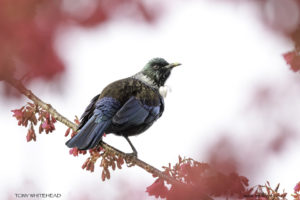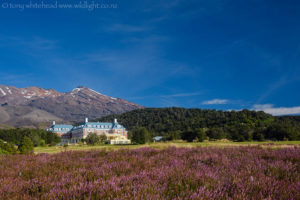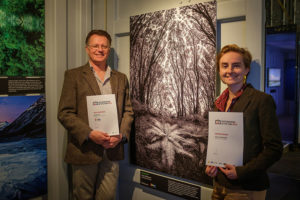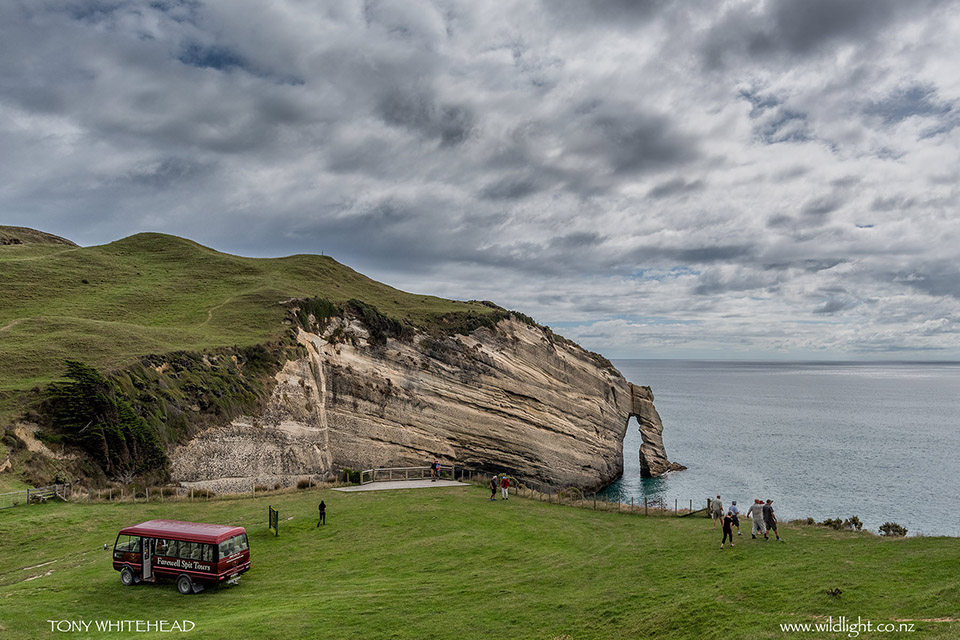
We recently spent 10 days at the top of the South Island. One of the aims was to visit Farewell Spit so we based ourselves in Collingwood for a few days and did a Farewell Spit Tour. Farewell Spit is a 26km long sandspit (32km if you included the submerged tip) extending east from Cape Farewell across the mouth of Golden Bay. It is formed from particles eroded from the west coast and propelled north then east by the prevailing currents. Farewell Spit provides a fantastic sheltered tidal habitat for wading birds and hosts a breeding colony of Australasian Gannets at the tip. The only way to access this area is with a guided tour as the spit is closed even to pedestrian traffic beyond a certain point.
Farewell Spit Tours are based in Collingwood and have a 70 year history of trips along the spit beginning with a weekly mail run out to the lighthouse from 1946. The lighthouse at the tip of the spit is obviously a crucial navigational aid and previously required 3 full time lighthouse keepers to keep the oil lamp running. The wind-blown, sand-blasted spit was a harsh environment to survive in and was the least favoured posting for lighthouse keepers in New Zealand. This changed after one of the keepers began to bring topsoil back from Puponga and managed to establish a grove of trees. Things progressed until the area around the lighthouse was a small relatively sheltered oasis with the ability of grow vegetables instead of having to continually defend homes against windblown sand. The ability to trade surplus produce made Farewell Spit the most favoured posting for lighthouse keepers. The stand of trees has now become a daytime navigational mark in it’s own right.
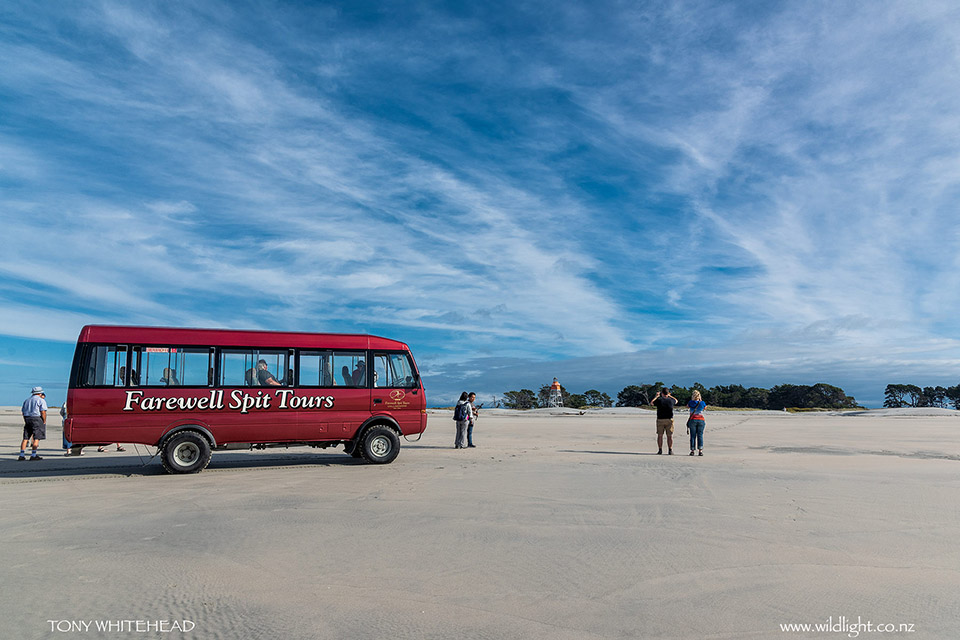
The light has gone on to be run by mains electricity (carried by an aluminium cable as it was cheaper to install than copper) and recently the halogen light has been replaced by an LED bulb. As with all lighthouses it is now automated and no longer requires a lighthouse keeper. Usually the houses would have been removed but in the case of Farewell Spit the 3 houses remain. One for use by the Department of Conservation, one by Maritime New Zealand and one by Farewell Spit Tours as a small museum and refreshment point for their tours.
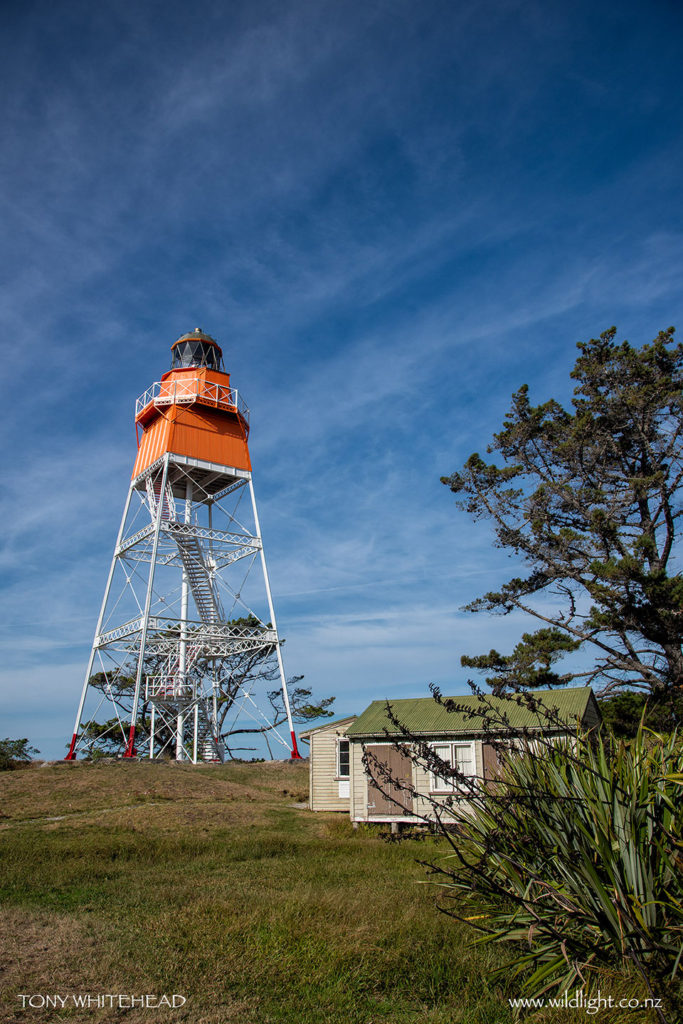
The timing of our visit was too late in the season for the migratory waders which had largely headed north. I had hoped to visit the gannet colony but the trips are tide related and our visit coincided with some huge king tides so there were no gannet trips running. The only option was the standard lighthouse trip which gives the best overview and comprehensive experience of Farewell Spit.
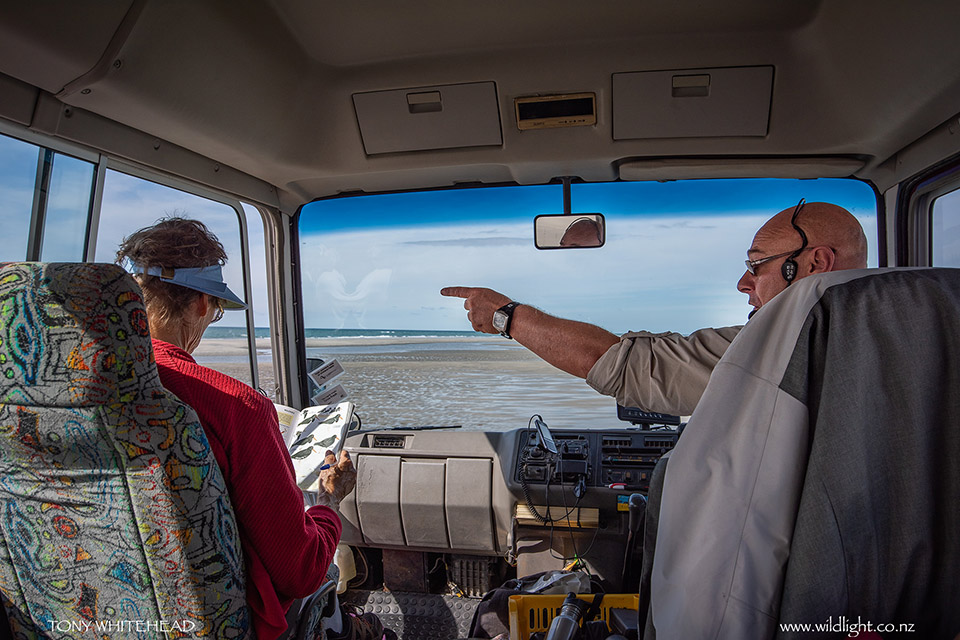
First stop was Cape Farewell, the most northern point of the South Island which is at a similar latitude to Foxton on the North Island so significantly north of Wellington. We then moved on to Fossil point which is the base of Farewell Spit and where fossils can be found in the eroding sandstone. We encountered our first NZ Fur Seal of the day here and found a number of others resting on the spit as we headed further east.
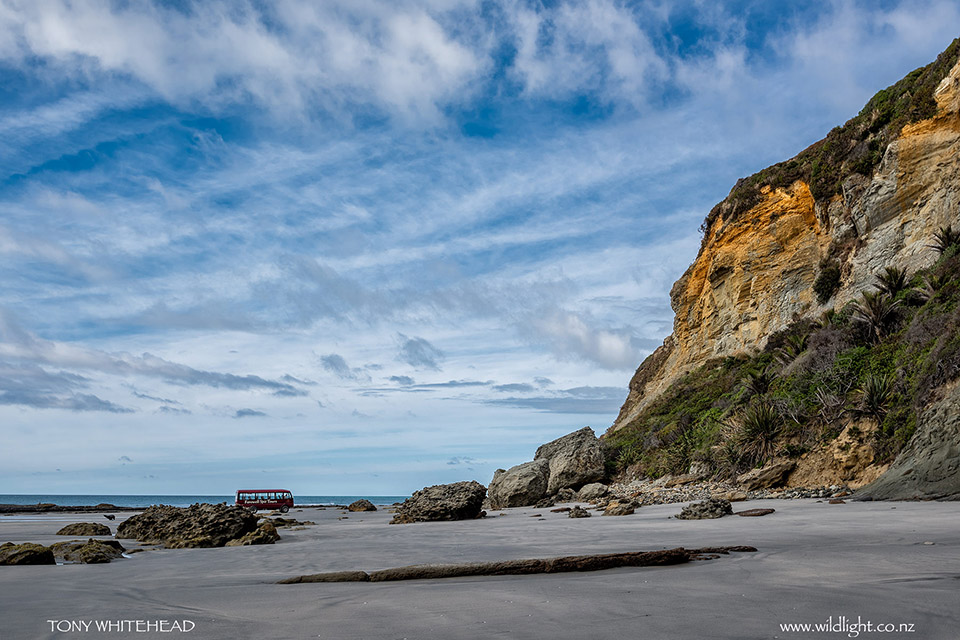
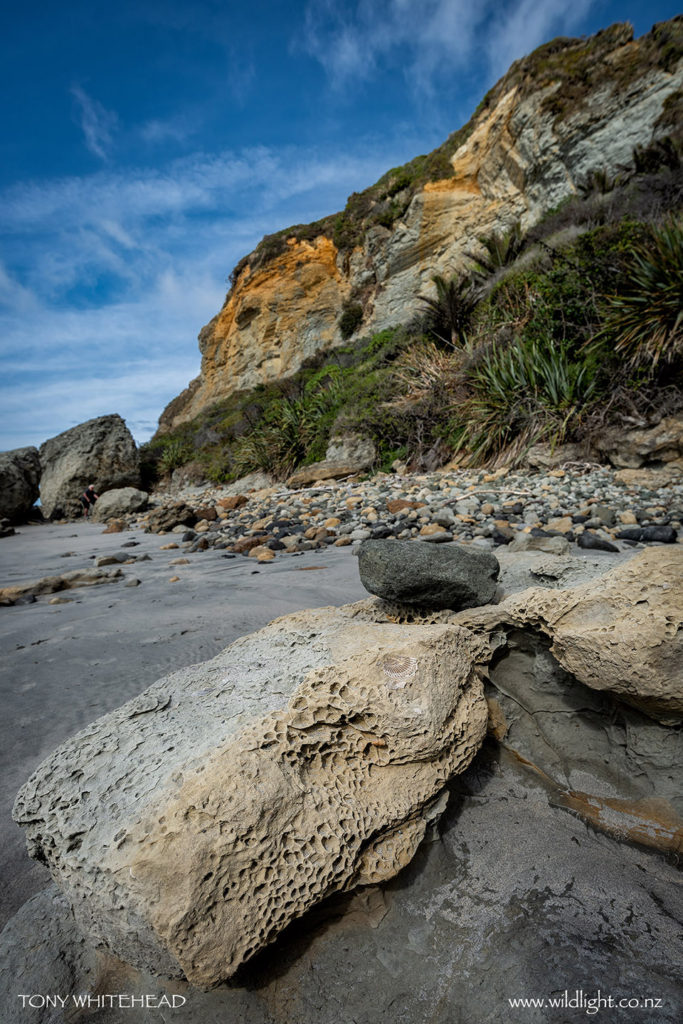
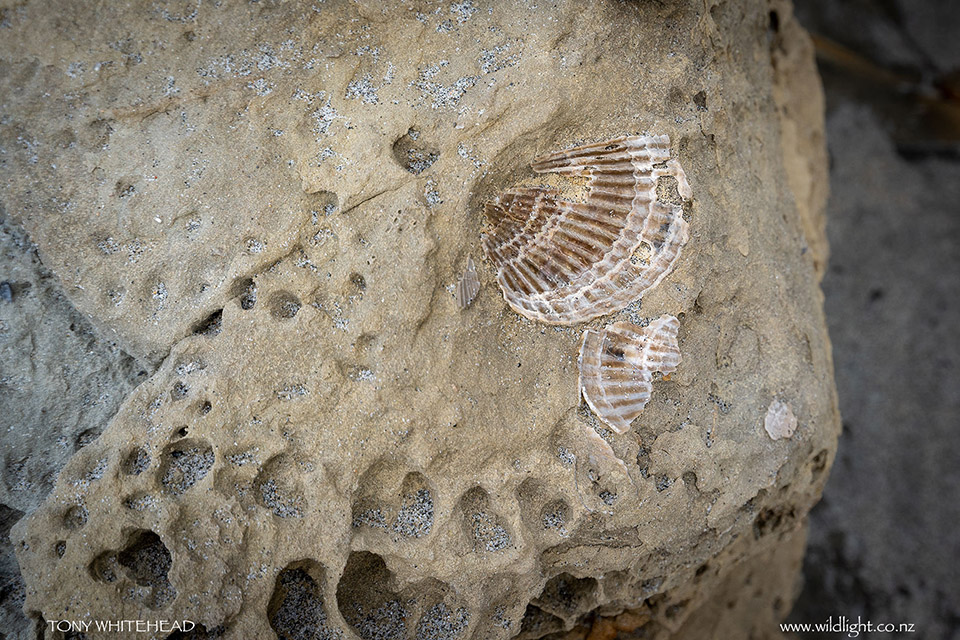
Our driver/guide, Charles, was enthusiastic and entertaining. He obviously has a passion for the wildlife and history of the area and shared many interesting facts and opinions. Navigating the 4WD bus along amongst the soft sand a channels of the receding tide is an adventure and conditions change every trip.
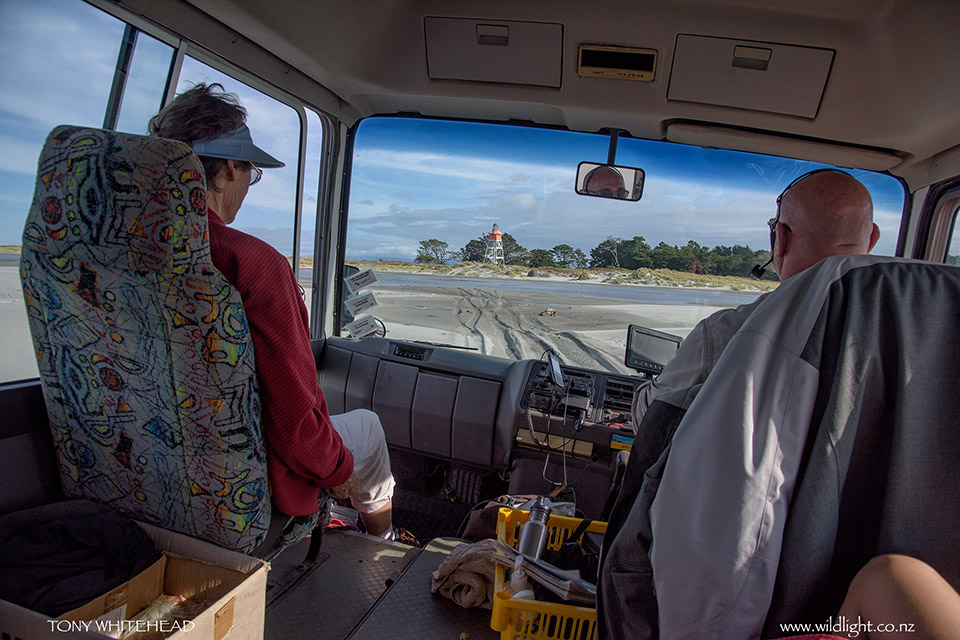
In addition to the seals we encountered a number of birds including White-fronted and Caspian Terns, Pied and Spotted Shags, Kelp and Red-billed Gulls, Black Swans (even on the seaward side of the spit which is unusual), Harrier, White-faced Heron, numerous Pied and Variable Oystercatchers and a bonus pair of Turnstone. The most exciting sighting was of a Northern Skua/Parasitic Jaeger pursuing an adult Kelp Gulf to try and steal a meal.
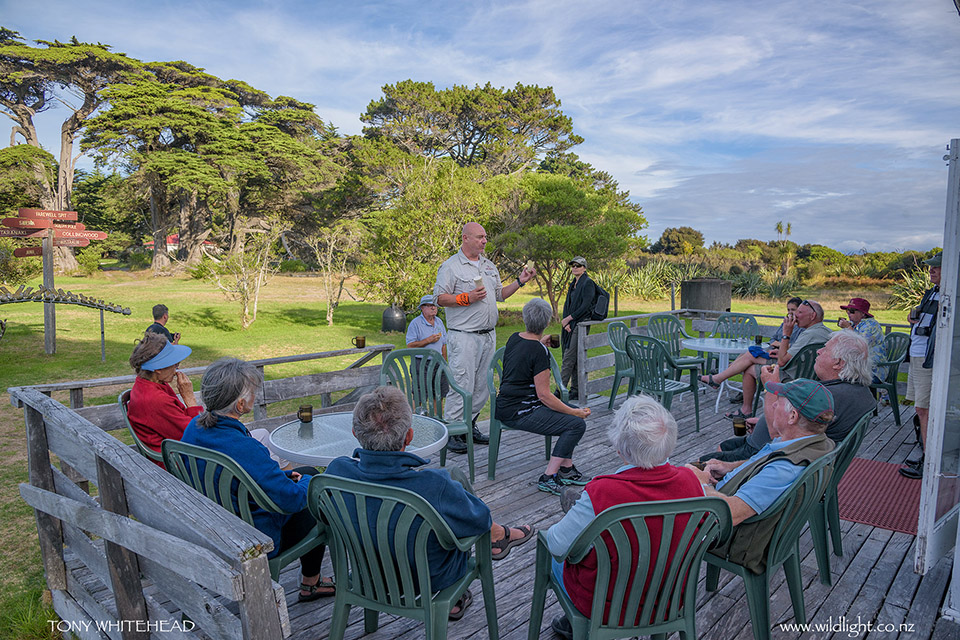
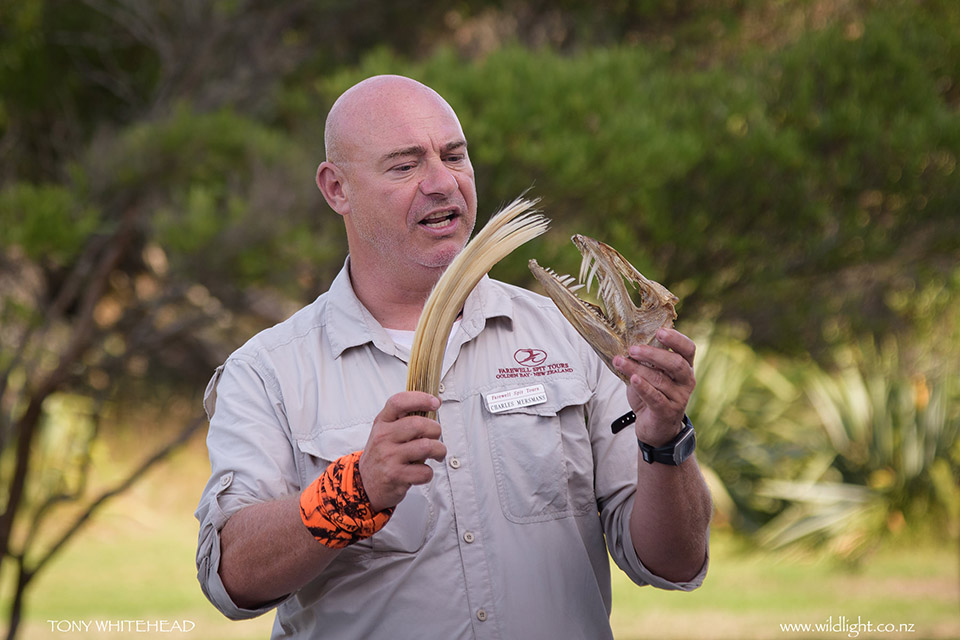
At the lighthouse we enjoyed some good coffee and tea with muffins and biscuits before heading back along the spit.
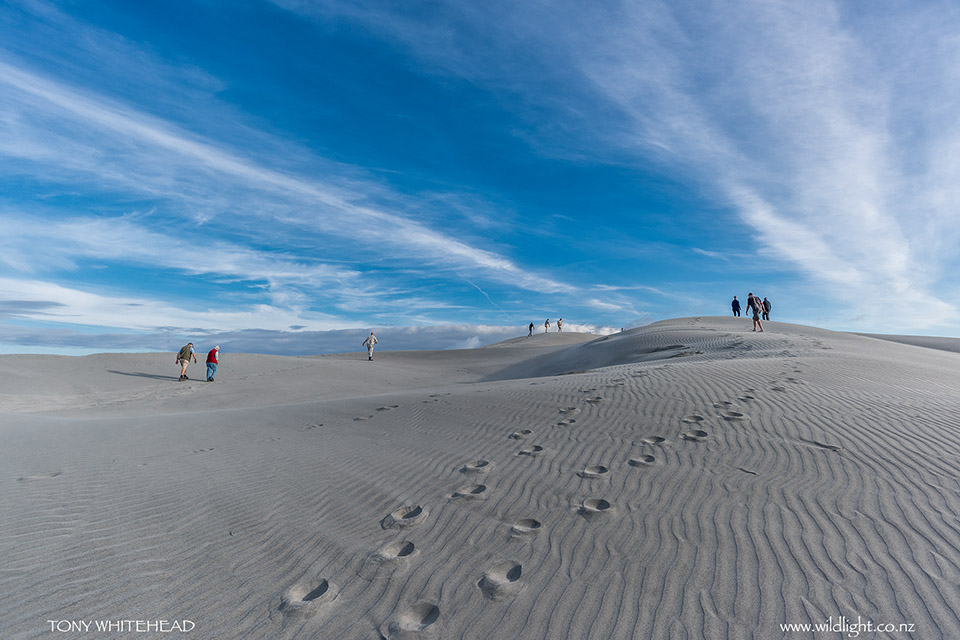
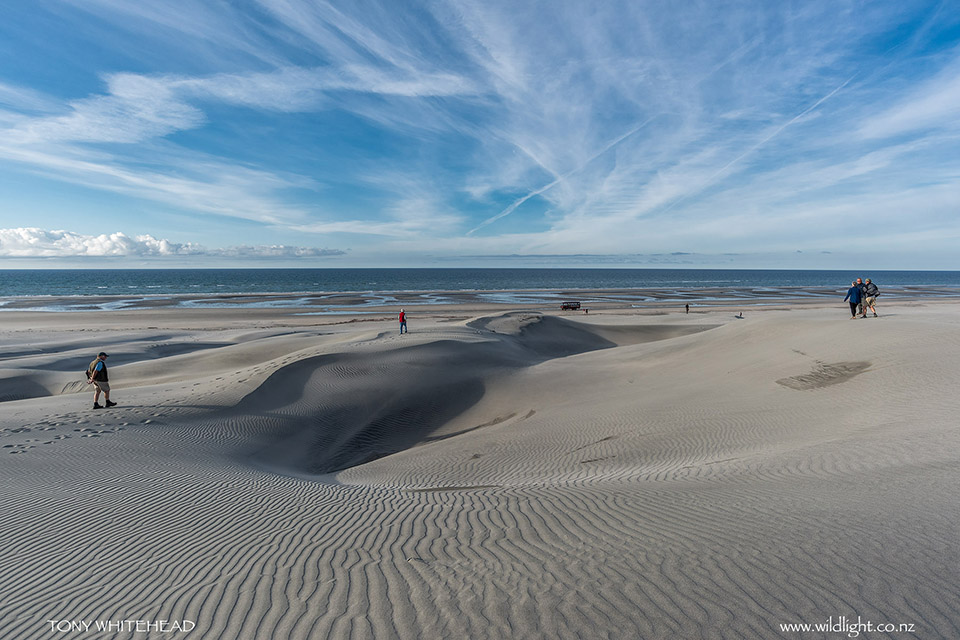
A brief detour before heading for home gave us some stunning Gannet views which I will share next week. This was the real highlight of my trip as it was unexpected and gave me some Gannet images unlike any previous ones.

Photos with Nikon D810 and Nikon 24-120mm f4 VR or 18-35mm f3.5-4.5 lens.
